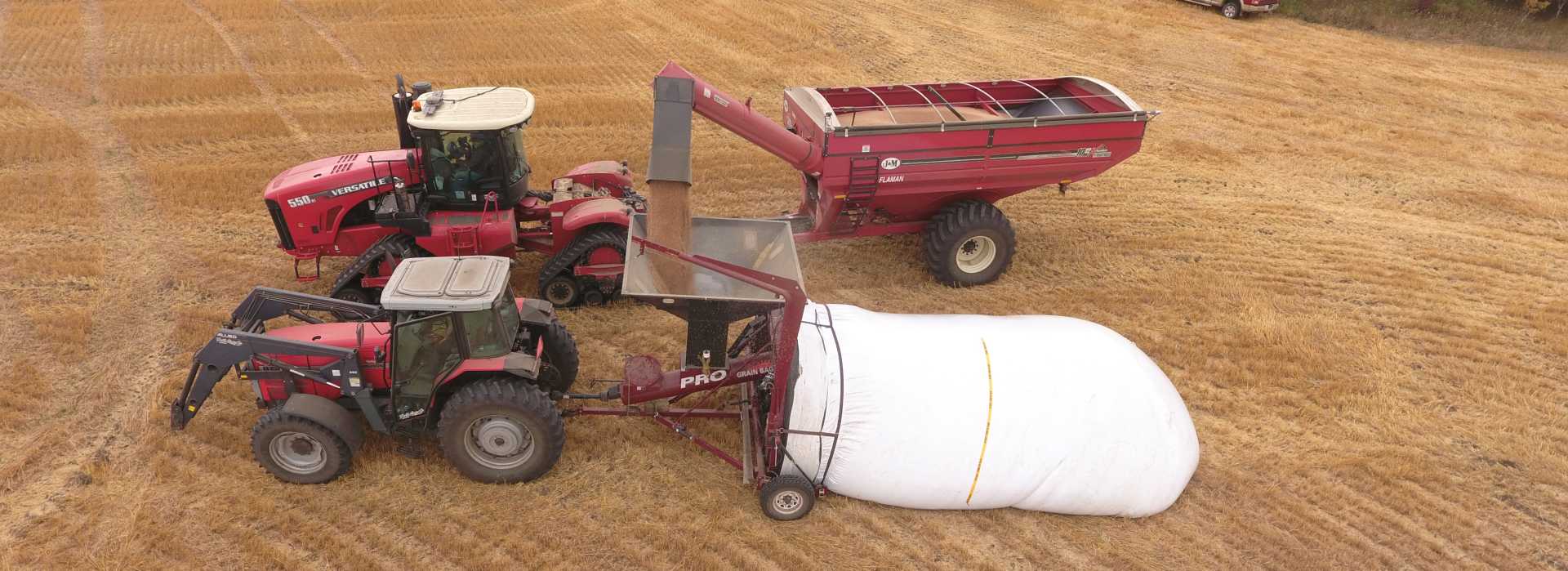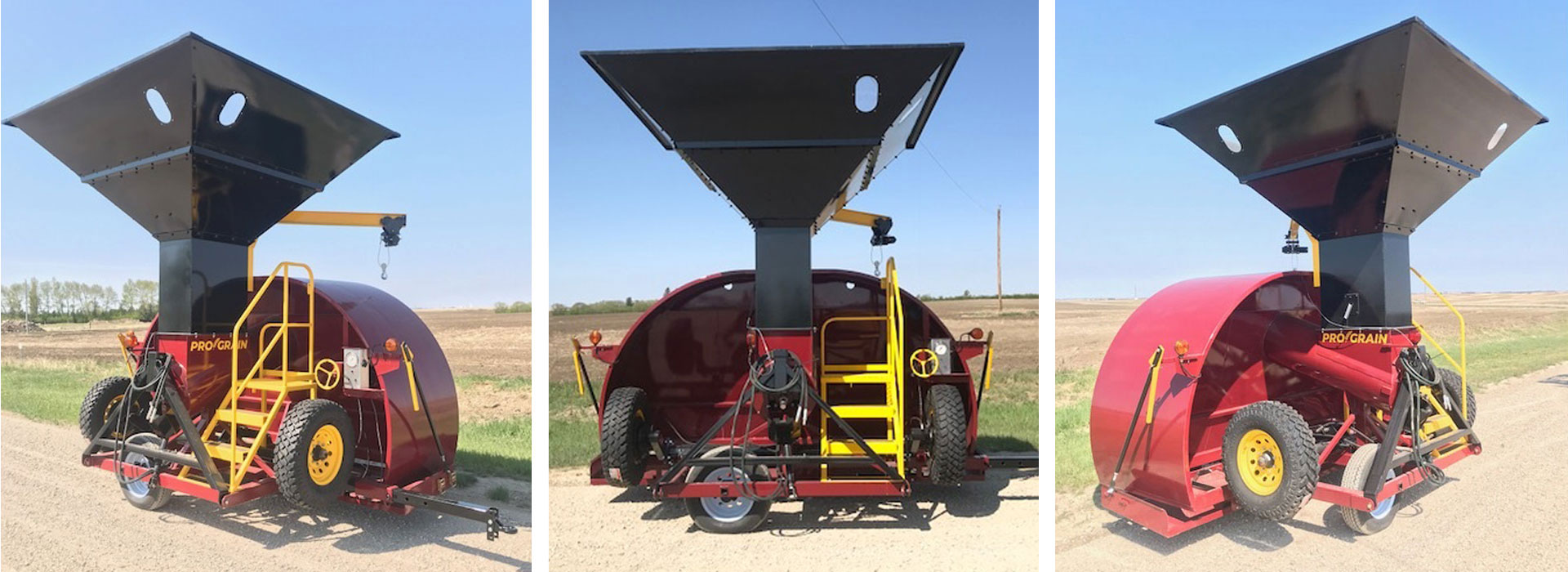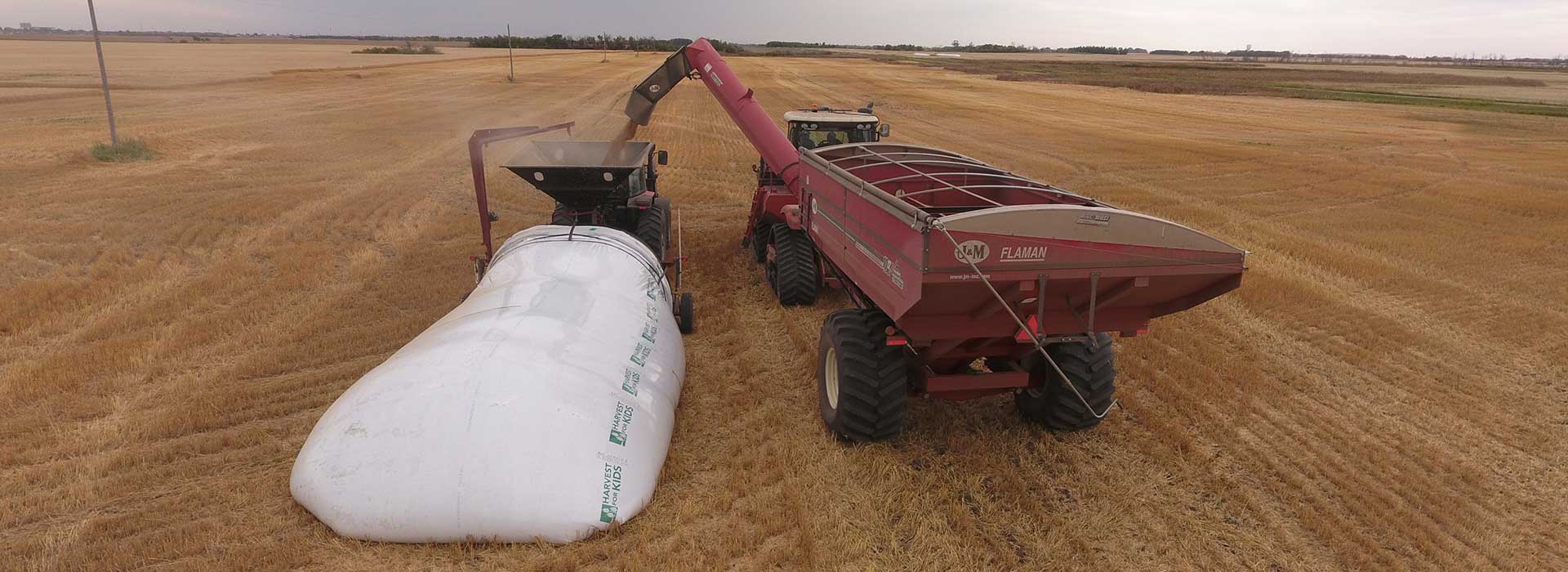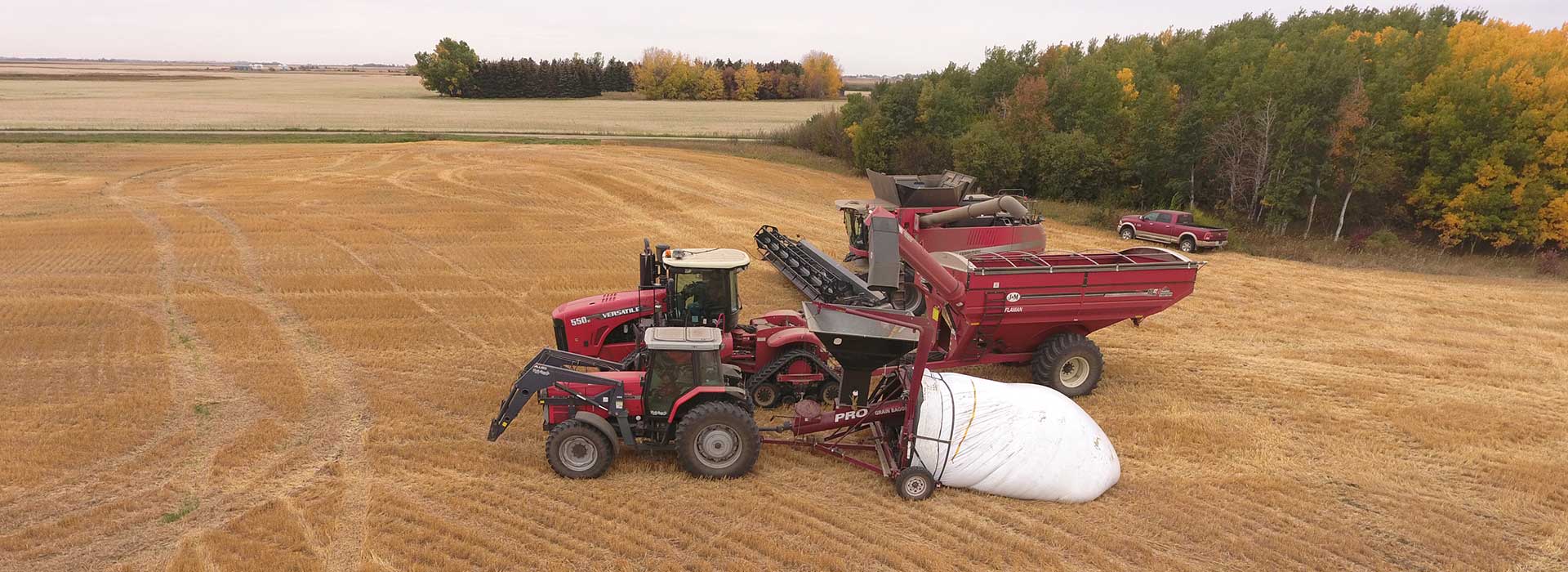
Market Your Grain at a Better Price by Storing it in Grain Bags
Article published on: Oct 10
In today’s economy, the commodity price of grain is shockingly low. A Chinese block on Canadian canola has caused an overabundance of grain, a lack of grain storage and a loss in demand for grain sales. Meanwhile, in the United States, wet planting conditions led to an initially low crop of corn while the US Trade Wars increased tariffs on soy, leading into a similar overabundance of soy, a lack of storage and a loss in demand for soy sales. With all of those factors combined, the cost of the grain commodity has been lower than in seasons past. Rather than choosing to market your grain now while prices are lower than normal, storing your grain in bags can help you to hack the system and market your grain at a better price later.
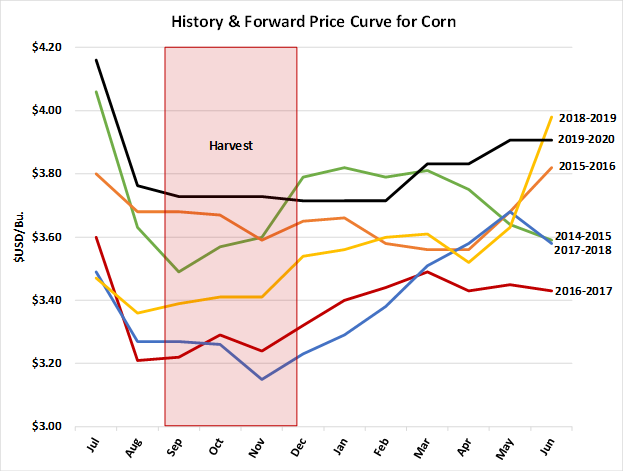 Source; USDA; CME-CBOT; Investing.com
Source; USDA; CME-CBOT; Investing.com
Flexibility to market your grain
Storing grain with grain bagging allows you the flexibility to put off on marketing your grain until prices rise. While we recommend grain bagging as more of a temporary solution — the grain does not need to stay in the grain bags for any longer than six months, if that — it’s an excellent way to hold off. Farmers can store grain in grain bags to help create an environment that will prevent against mould and fungus, which can help to separate your crop and cool grain much more quickly. With grain that holds a higher moisture content, farmers must be significantly more cautious with how long they let their grain be stored in a grain bag. When high moisture grain is stored in grain bags, the airtight environment in the grain bags can lead to excessive fermentation, possibly causing your commodity to go down in grade. High moisture grains should be stored in bags for shorter periods of time. However, drier grain with a low level of moisture can last a lot longer.
Now is the time to store your grain
Depending on your commodity, you can adjust the time needed for storage in grain bags. Using variables such as the type of grain, the moisture level, and the grain temperature can help you to determine what’s safe for your commodity. The lower the temperature and the lower the moisture, the longer the grain can be safely kept in grain bags. As temperature and/or moisture begins to climb, you begin running the risk of allowing your grain to become negatively affected. As the NDSU table indicates below, a low moisture content and a low temperature can keep your grain fairly viable for up to 300 days, if not more. However, the table also shows that even with a higher moisture content, a low temperature can continue to keep the grain viable. This suggests that temperature control is just as important, if not more so, than the moisture content.
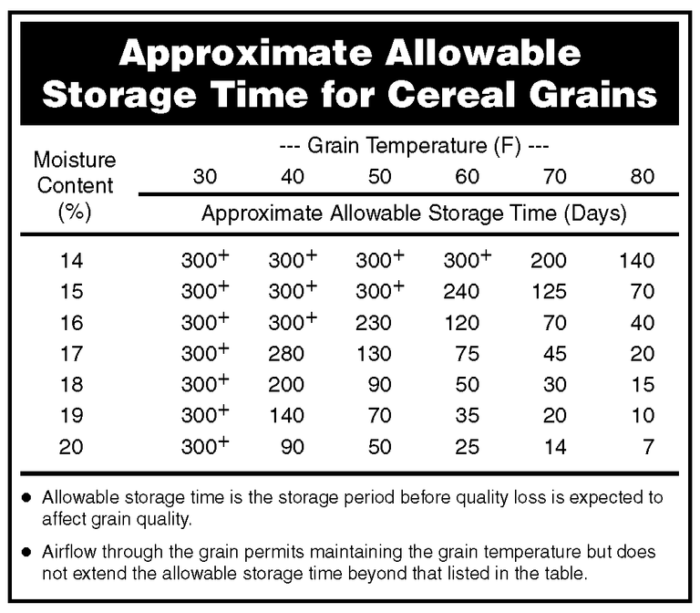
However, without temperature as a factor, the below table from Argentina’s National Institute of Agricultural Technology shows that risk substantially increases as moisture content and storage time does.
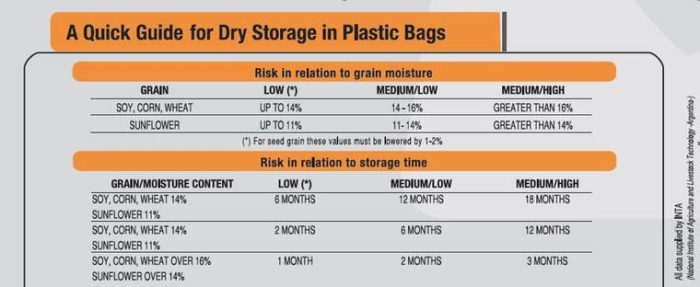
As the research shows, grain is simply not meant to be left in storage for too long. However, grain at a low moisture level and kept at a lower temperature is an excellent placeholder as you wait for grain prices to rise. As long as you are taking care of your grain bags by protecting them from weather, wildlife, and holes, grain bags are a great option to ensure that you’re utilizing the lower prices to your advantage.


